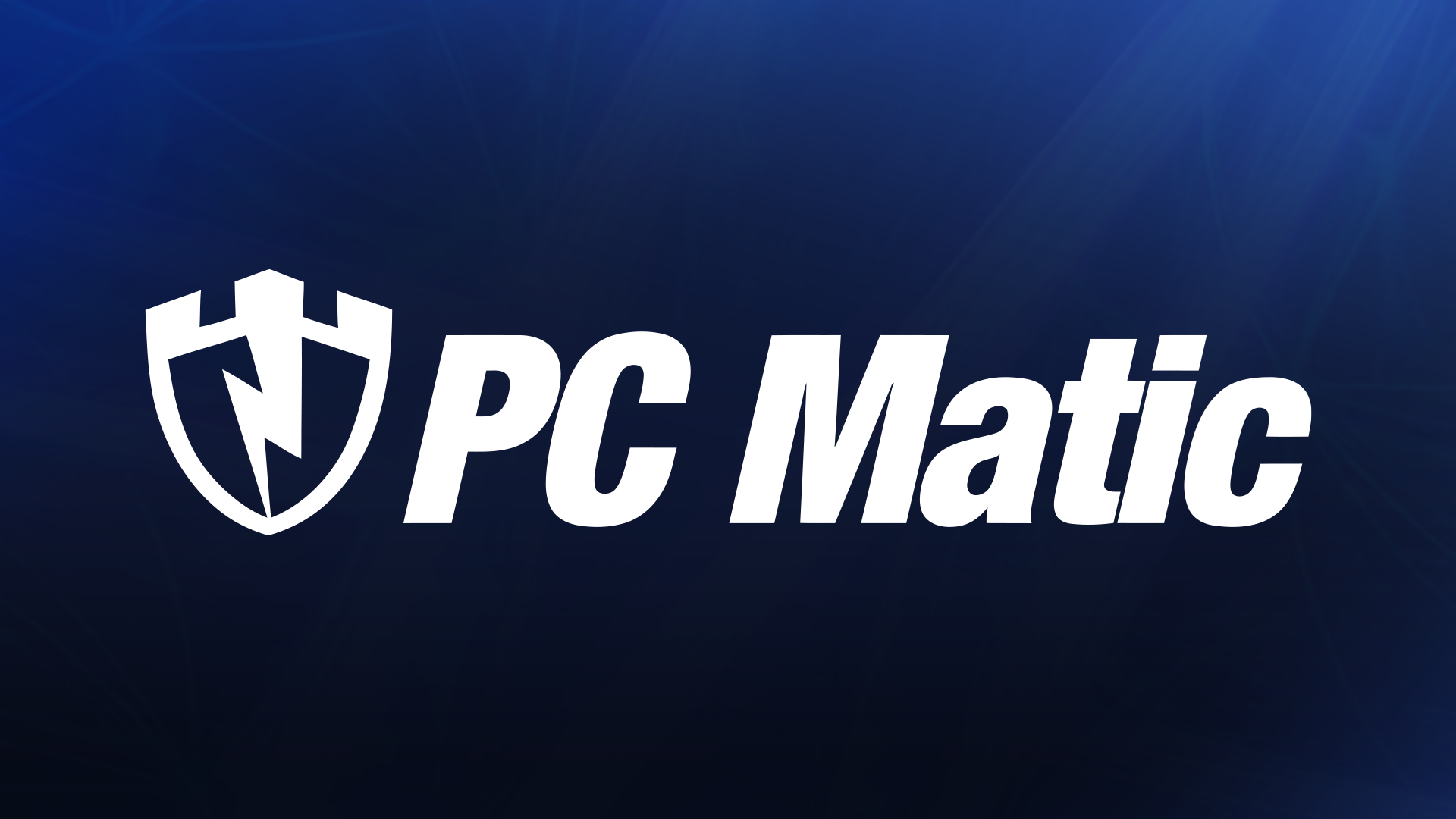
By Harry McCracken
Life, as John F. Kennedy once helpfully pointed out, isn’t fair. Neither is the market for technology products. There’s no law that says that the best products win: The history of tech is pockmarked with breakthrough hardware, software, and services that were dismal failures in the marketplace. (It’s also rife with mediocre products that became massive bestsellers–insert your own example here.)
Of course, not every innovative tech product deserves to be a hit. Some flop because they’re ahead of their time, which is kind of admirable; others bomb because they take too long to emerge from the lab and are obsolete by the time they do, which is simply embarrassing. And some products that are enticing on paper turn out to have fatal cases of Achilles’ heel in the real world. But they’re all valuable case studies in how good intentions can go awry.
For this article, I intentionally skipped some of the most legendary magnificent failures, such as the Apple Newton, Commodore Amiga, and Sony Betamax–they’ve been celebrated more or less continuously since their untimely passings, and I wanted to devote more space to lesser-known contenders. I figure you’re going to reminisce about your own favorites in the comments anyhow.
Thanks to my pals on Twitter (where I’m @harrymccracken) for nominating scads of products for this story. And yes, the title of this article is a homage to Brilliant But Cancelled, a retrospective of short-lived TV shows that appeared on the Trio cable channel…a channel which was itself both excellent and unsuccessful.
1. Difference Engine No. 2 (1847-1849)
 What it was: English mathematician Charles Babbage’s design for a five-ton machine with 8,000 mechanical parts that would calculate and tabulate polynomial functions–an improved version of his earlier Difference Engine No. 1, incorporating ideas from his more general-purpose Analytical Engine.
What it was: English mathematician Charles Babbage’s design for a five-ton machine with 8,000 mechanical parts that would calculate and tabulate polynomial functions–an improved version of his earlier Difference Engine No. 1, incorporating ideas from his more general-purpose Analytical Engine.
Why it was brilliant: Babbage was inventing computers a hundred years before the industry really got off the ground. It took a century and a half before anyone was able to to build his Difference Engine No. 2., but once two were assembled by London’s Science Museum–with minor modifications to Babbage’s plans–they worked as intended. Anyone wanna argue that’s not evidence of brilliance?
Why it was doomed: Babbage’s ability to conceive of extraordinarily ambitious machines outstripped his ability to construct them–which is less of a criticism of his ability to finish projects and more of a sign of just how ahead of his time he was. He received British government funding for his first Difference Engine, but ran out of cash without having ever built a working model, and also failed to build more than a few components of his Analytical Engine. By the time he designed the second Difference Engine he didn’t attempt to construct one.
Its legacy: Concepts originated by Charles Babbage are reflected in every computing device you own. And since he was never able to build any of his extraordinary brainchildren, he’s also the father of the technological magnificent failure.
Video sidelight: Here’s a demonstration of the modern Difference Engine at Silicon Valley’s Computer History Museum.
[This post is excerpted with Harry’s permission from his Technologizer blog.]


